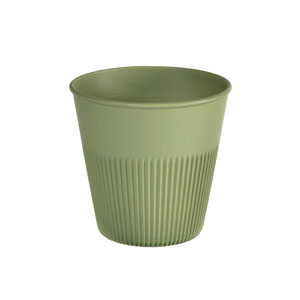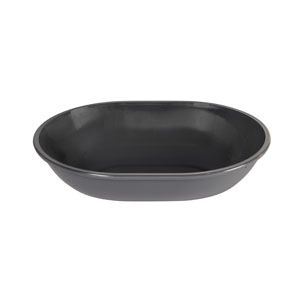What is reusable packaging?
Reusable packaging is any packaging that can be reused after cleaning or reprocessing. In addition to packaging for food, the term can also include beverage containers. In this way, reusable packaging reduces the amount of packaging waste produced and lowers the emission of CO2 that is released during the production of disposable packaging.
What are examples of reusable packaging?
The most common reusable packaging includes returnable glass bottles. In the catering industry, plastic boxes and trays are mainly used for take-away and delivery food. But reusable packaging also plays a role in wholesale, away from the everyday lives of consumers. Euro pallets with sturdy wire mesh boxes on them are ideal for the repeated transport of goods.
What are the disadvantages of packaging?
The production and recycling of packaging is always associated with effort: Raw materials are consumed and environmentally harmful greenhouse gases are released. For the catering industry, there are also acquisition costs that are not incurred when catering on site. Fortunately, these disadvantages can be significantly mitigated with the right containers!
With reusable packaging, there is only a one-off resource outlay for production as well as purchase costs. Depending on the type and quality, the packaging can be reused up to 1,000 times.
But even with disposable packaging, you can save resources and CO2 emissions by using sustainable materials such as cardboard, wood, bagasse or rPET. Although disposable products have to be purchased anew each time, environmentally friendly containers can make up for these costs with a positive image effect for your business. After all, consumers are placing more and more importance on environmental protection.
What happens to disposable packaging?
The final fate of disposable packaging depends on its material. For example, glass and cardboard can be recycled relatively easily. The process requires significantly less energy and material than manufacturing a new product. Other materials such as PET are melted down and are then available as granulate for the production of new plastic products.
Bagasse, wood and other biodegradable materials are usually composted. In this process, the organic material decomposes under controlled conditions. Depending on the process, this produces compost for use in agriculture. But conversion to usable biogas is also possible.
The decisive factor here is which technology is available to the disposal company. There are certainly regional differences, which is why some materials can be disposed of with organic waste in one municipality, but not in another. You can find out which disposable packaging may end up in your organic waste from your local waste management company.












